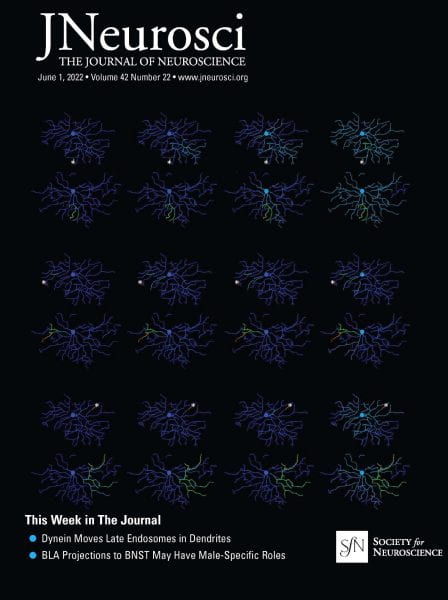Our Research
How are neural circuits assembled to perform specific computations? An excellent model system to address this question is the mammalian retina, where a diverse set of neural circuits are wired with remarkable precision and intricacy to extract ethologically relevant features such as color, contrast and motion from the visual scene. Each retinal circuit utilizes distinct sets of neuronal cell types and conveys the processed visual information to higher brain center(s) by a specific type of retinal ganglion cells.
We are interested in the synaptic and circuit basis of neural computations in the retina. Our current research is focused on understanding the developmental and adult patterns of synaptic connections underlying visual motion detection. We perform functional neural circuit analysis by leveraging the increasing repertoire of experimental and computational tools to target and manipulate the activation of specific circuit components. Our studies aim to provide insights into the neural mechanisms of sensory processing in naturalistic environments, and also to illuminate general principles of neural computations in the brain.
Latest News
Congratulations to Matthew Ahmon on receiving an undergraduate fellowship from NIH Training Program in Computational Neuroscience!
We published a review on how short-term plasticity can profoundly change the algorithms of circuit function.
Check out our publication on how the retina and the superior colliculus compute the motion direction of complex moving patterns: https://pubmed.ncbi.nlm.nih.gov/38569924/. Congratulations to co-first authors Sharon Zixuan Deng (Wei Lab) and Victor DePiero (Cang Lab)!
Check out our publication on how direction selectivity is computed by neuronal dendrites using calcium and voltage imaging: https://rdcu.be/dzRtw
Congratulations to Jenna Tijerina for acceptance into our Neurobiology Graduate Program!
Congratulations to Sharon Zixuan Deng for receiving the Pritzker Fellowship of Biological Science Division!
Cover image of J. Neuroscience showing color maps from computational modeling of the signal spread across dendritic layers of direction-selective ganglion cells. Image assembled by “Lindsay” Xiaolin Huang from original videos by our collaborator Robert G. Smith at U. Penn.

Check out our newest publication on adaptive changes in the motion detection circuit of the retina: https://www.jneurosci.org/content/early/2022/04/26/JNEUROSCI.1391-21.2022
Motion detection by starburst amacrine cell dendrites. Multiphoton calcium imaging of starburst cell distal dendrites during motion stimulation (Chen et al, eLife 2016).